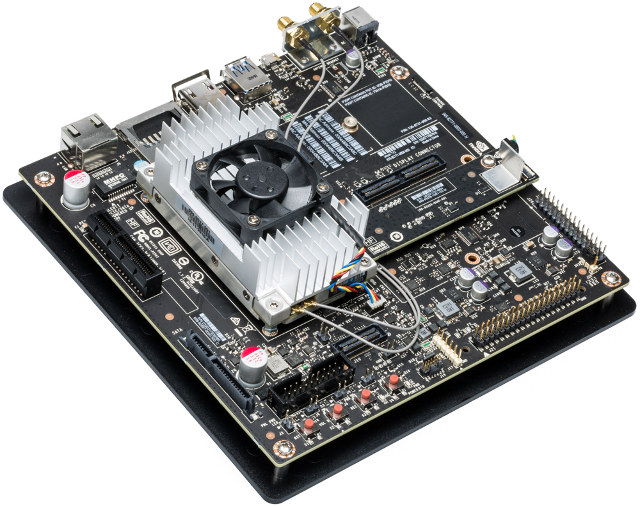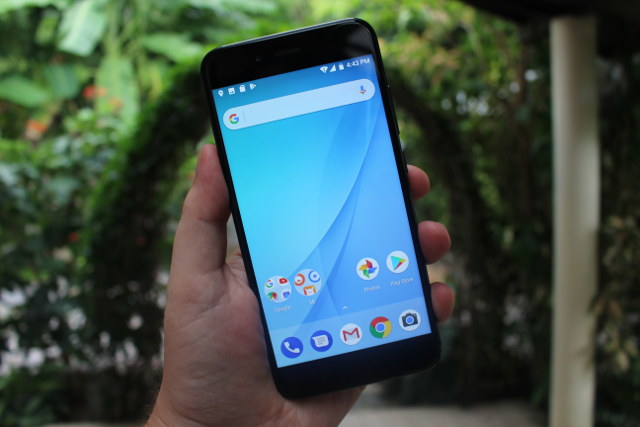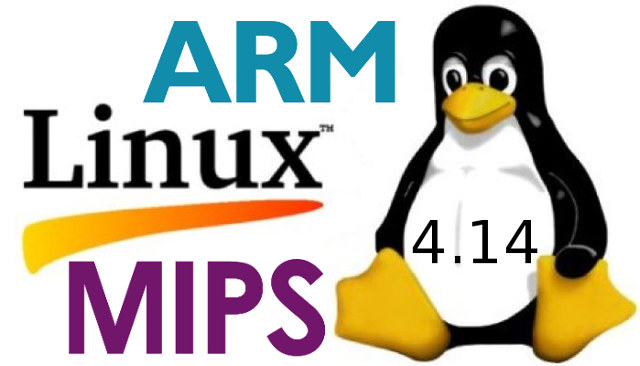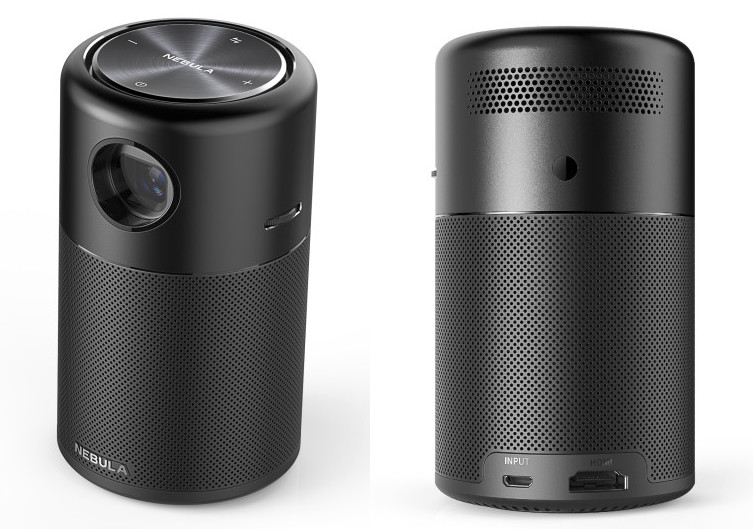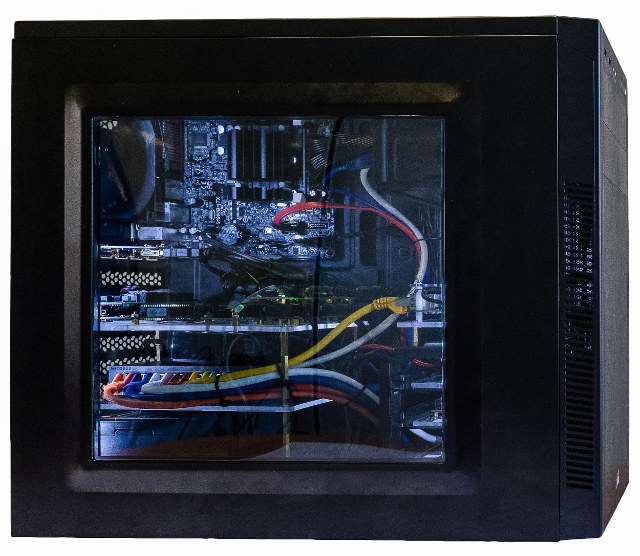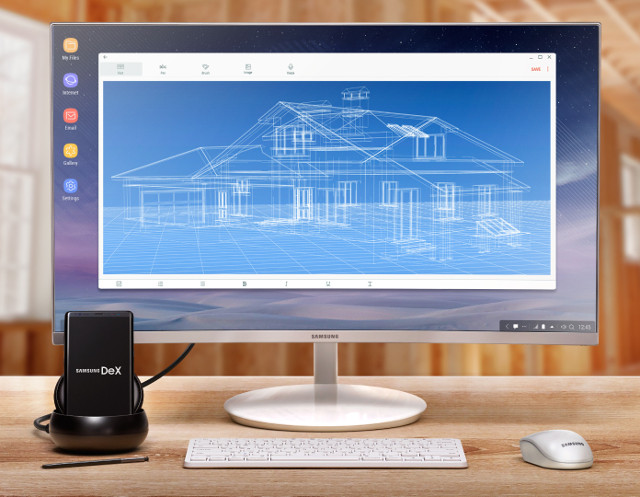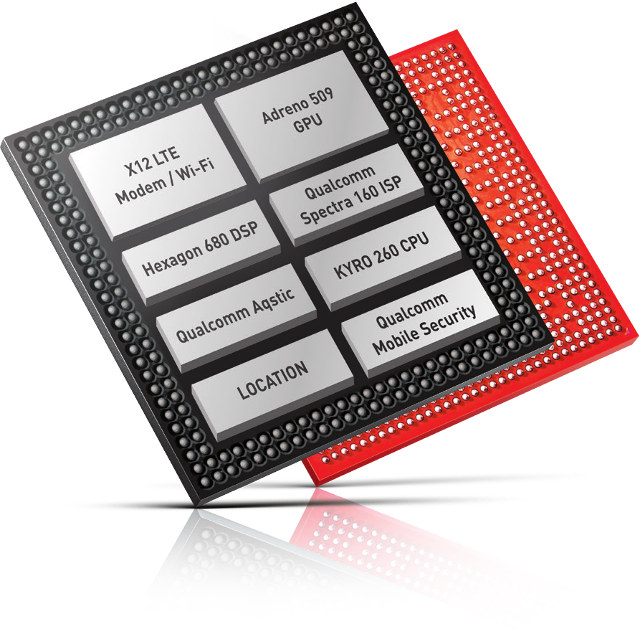Raspberry Pi, Orange Pi, and NanoPi boards among others are all great and inexpensive Arm Linux development boards that do good enough job for many tasks, but they may not cut it if you have higher requirements either in terms of CPU power, GPU capabilities and performance, I/O bandwidth, and in some cases software and support. So I’ve decided to make a list of 5 single board computers or development boards that I consider to be the most powerful in 2017, early 2018. I have limited the price to $1,000 maximum, the board must be easy to purchase for most people (e.g. you don’t need to be a tier-1 automotive supplier, or operate your own datacenter), and in case the board is not quite available yet, the likeliness of actual launch must be reasonably high. Those criteria for example exclude Intrinsyc Open-Q 835 development kit since it costs $1.149 and […]
Xiaomi Mi A1 Smartphone Review – Part 2: Android 7.1.2 Firmware
Google recently announced several Android One smartphones, which are supposed to get 2 years of firmware updates, including to the latest version of Android, such as HTC U11 Life and Android One Moto X4. Many of those phones are limited to some specific countries, but Xiaomi Mi A1 will be launched in over 40 countries, and thanks to Chinese online shops is really available worldwide. GearBest sent me the latter last month, and in the first part of Xiaomi Mi A1 review I simply went through unboxing, booted the phone, perform an OTA update, and ran Antutu 6.x on the phone for a quick estimate of performance. Since then, I’ve had around four weeks to play with the smartphone running Android 7.1.2 (still), so I’m ready to report my experience in the second part of the review. General Impressions In the past year, I used Vernee Apollo Lite smartphone powered […]
Linux 4.14 Release – Main Changes, ARM & MIPS Architecture
Linus Torvalds has announced the release of Linux 4.14: No surprises this week, although it is probably worth pointing out how the 0day robot has been getting even better (it was very useful before, but Fengguang has been working on making it even better, and reporting the problems it has found). Sure, some of the new reports turned out to be just 0day doing things that just don’t work (ie KASAN with old gcc versions, but also doing things like loading old ISA drivers in situations that just don’t make sense – remember when you couldn’t even ask if the hardware existed or not, and just had to know), but even then it’s been all good. The appended shortlog is obviously only for the (small) haul since rc8, and it really is tiny. Not very many commits, and they are small. The biggest thing that stands out in the diffstat […]
It’s a Soda Can. No! It’s Nebula Capsule Smart Projector Running Android 7.0 (Crowdfunding)
I have reviewed two Android smart pico-projectors in the last couple of years, namely Doogee Smart Cube P1 and Rikomagic RKM R1. Both are battery powered, and worked well in the dark, but the Rikomagic model is my favorite of the two because it works without any major bugs, and I really like the touchpad on top as it made configuration and control really easy. There’s now another model on Indiegogo that’s been very popular so far with over one million dollars raised. Nebula Capsule may look like a soda can, but it integrates a pico-projector, a 360° speaker, a board running Android 7.0, and a battery allowing you to carry it around and use it on any a flat surface. Capsule projector specifications: SoC – Quad core Cortex A7 processor with Adreno 304 GPU (likely Snapdragon 210/212) System memory – 1GB DDR3 Storage – 8 GB eMMC flash Projector […]
Lab in a Box Concept Embeds x86 Server and 6 ARM Boards into a PC Case for Automated Software Testing
The Linux kernel now has about 20 millions line of code, Arm has hundreds of licensees making thousands of processors and micro-controllers, which end up in maybe hundreds of thousands of different designs, many of which are not using Linux, but for those that do, Linux must be tested to make sure it works. The same stands true for any large software used on multiple hardware platforms. Manual testing is one way to do it, but it’s time consuming and expensive, so there are software and hardware continuous integration solutions to automate testing such as Linaro LAVA (Linaro Automated Validation Architecture), KernelCI automated Linux kernel testing, and Automotive Grade Linux CIAT that automatically test incoming patch series. Both CIAT and KernelCI focus on Linux, and rely on LAVA, with KernelCI leveraging hardware contributed by the community, and proven to be effective as since it’s been implemented, failed build configs dropped […]
Linux on Galaxy to Bring Linux Desktop to Samsung Note8, Galaxy S8 and S8+ with DeX Station
Earlier this year, Linux desktop mobile convergence took a serious hit when Canoncial decided to drop support for Unity and Mobile Convergence in their Ubuntu distributions, focusing instead on the enterprise and IoT market, and replacing Unity by GNOME starting with the just released Ubuntu 17.10. Things started to look better with Purism Librem 5 Linux smartphone, which has now raised $1.8 million dollars, and partnered with well-known members of the Linux ecosystems like KDE, GNOME, and NextCloud. However, the phone will be based on a rather low end NXP i.MX 8M quad Cortex A53 SoC, is scheduled for January 2019 only, and being a crowdfunding campaign, failure is always a possibility. But today, the outlook for Linux phones brightened even more, as Samsung unveiled plans for “Linux on Galaxy” at the Samsung Developer Conference 2017. The solution will leverage the company’s DeX (Desktop Experience) that relies on DeX Station […]
ZTE Axon M is a Dual Display Foldable Smartphone
We’ve seen smartphone in the past with two displays, such has Yotaphone 2 with a color front display, coupled with an e-Paper rear display that’s always on and consumes less power. ZTE Axon M also comes with two displays, but it’s a completely different beast, as both are color displays, and foldable to create an extended display when needed, somewhat like a foldable tablet. ZTE Axon M (partial) specifications: SoC – Qualcomm Snapdragon 821 quad core processor up to 2.15 GHz with Adreno 530 GPU System Memory – 4GB RAM Storage – 64GB eMMC 5.1 flash + micro SD slot up to 256 GB Display – 2x 5.2″ @ 1920×1080 displays making a single 1920×2160 screen when opened Audio – 3.5mm audio jack, microphone, dual speaker, Dolby Atmos support, AKM 4962 HiFi chipset Camera 20MP rear camera with f/1.8 aperture, PDAF, dual-image stabilization, dual LED flash Up to 4K @ […]
Qualcomm Snapdragon 636 Delivers Up to 40% Better Performance Over Snapdragon 630, Supports FHD+ Displays
Qualcomm has announced a new “Mobile Platform” with Snapdragon 636 that combines eight Kryo 260 cores, an Adreno 509 GPU, and X12 LTE modem for “high quality devices with top-level features at a low price point”, which must mean “mid range”. The new Snapdragon 636 offers an update to Snapdragon 630 / 660 solutions released last year with up to 40% performance boost, 10% faster 3D graphics, and support for ultra-wide FHD+ displays (18:9 aspect ratio). Key features for Snapdragon 636: CPU – 8x Qualcomm Kryo 260 cores clocked at up to 1.8 GHz GPU – Adreno 509 with support for OpenGL ES 3.2, OpenCL 2.0 full,Vulkan, DX12 DSP – Hexagon 680 DSP with All-Ways Aware Technology, Neural Processing Engine SDK, Caffe/Caffe2 and Tensorflow support Memory I/F – LPDDR4/4X, dual channel up to 1333MHz, 8GB RAM Storage I/F – eMMC and UFS flash Display – Up to 2160×1080 FHD+ resolution; […]


